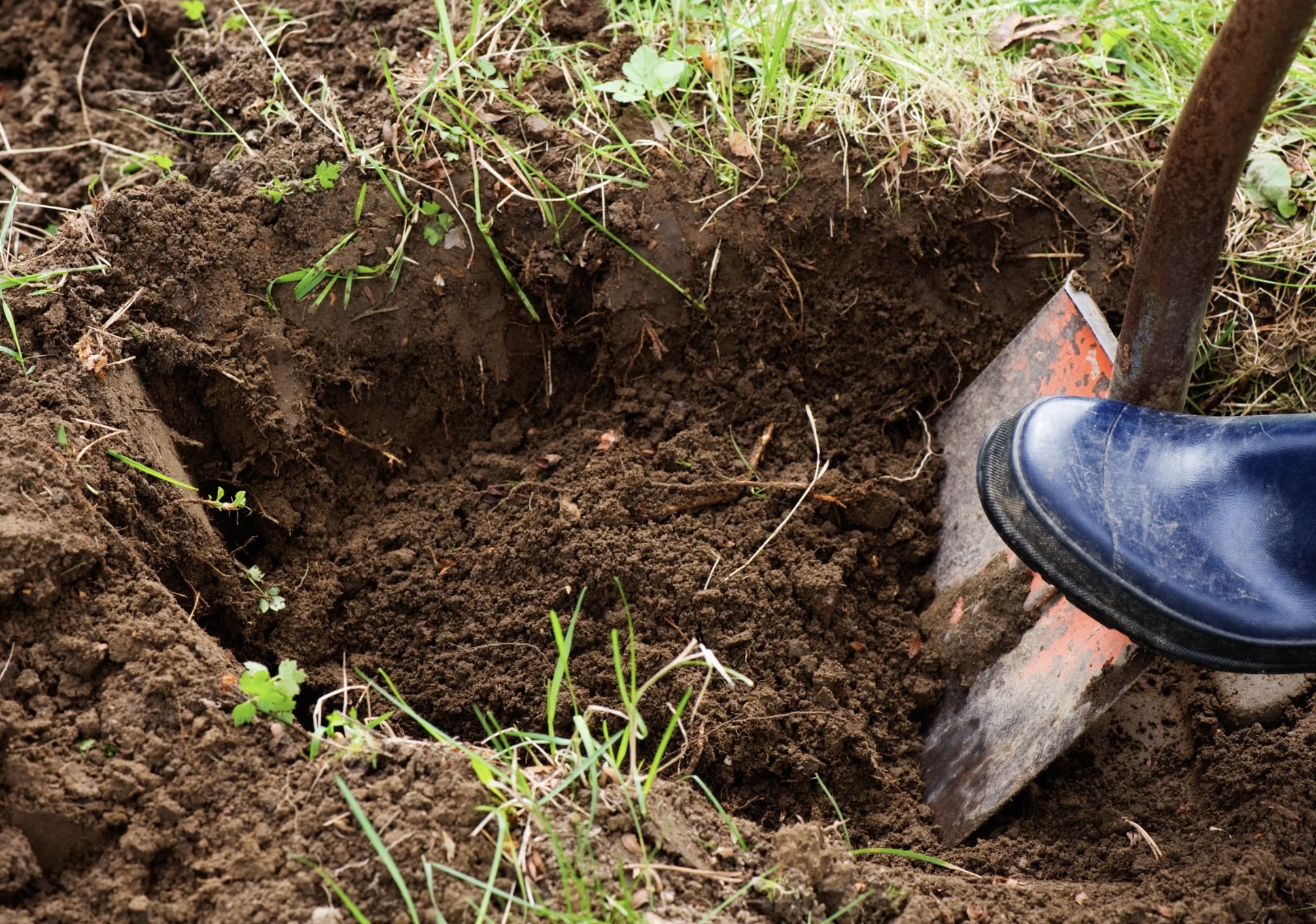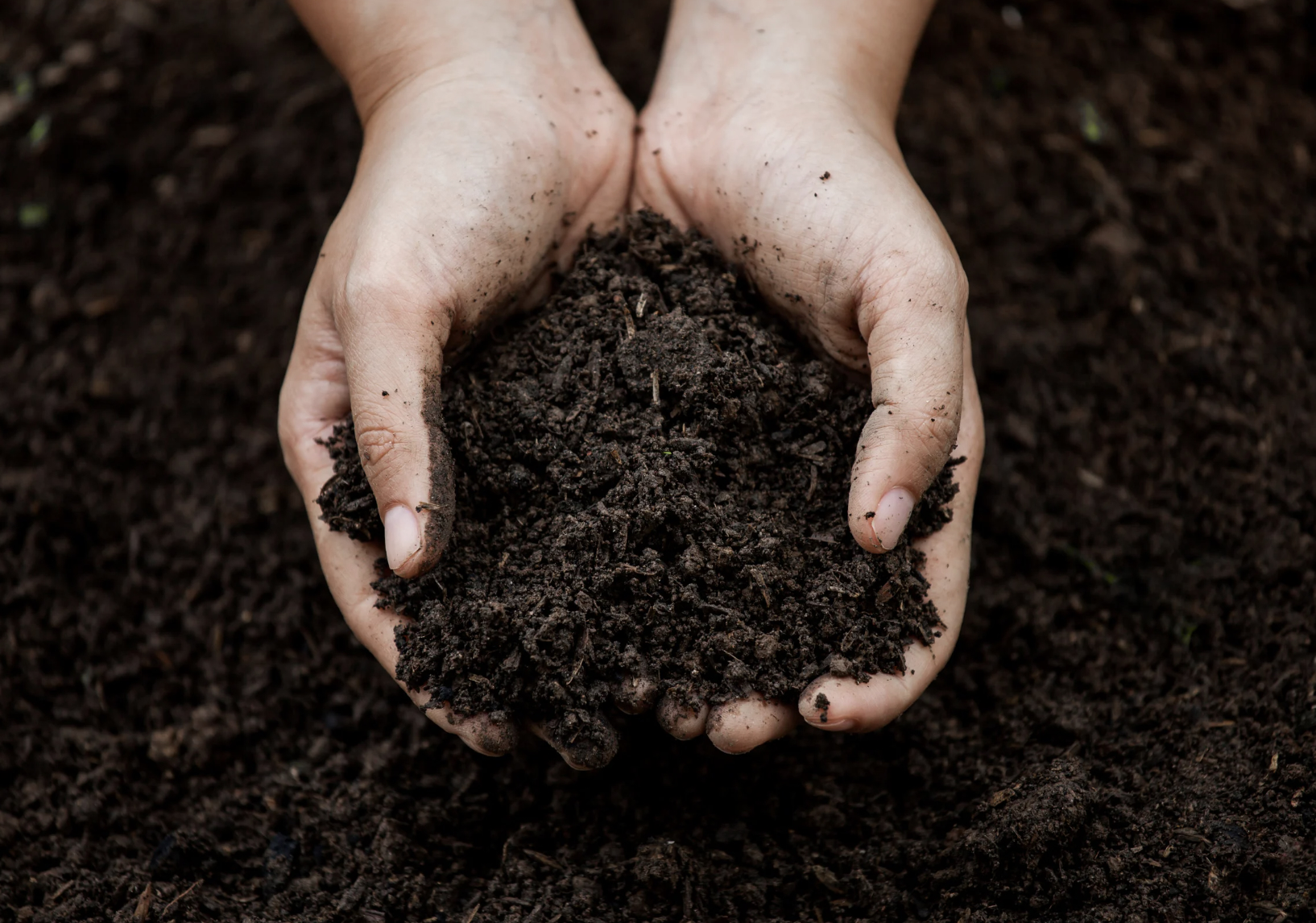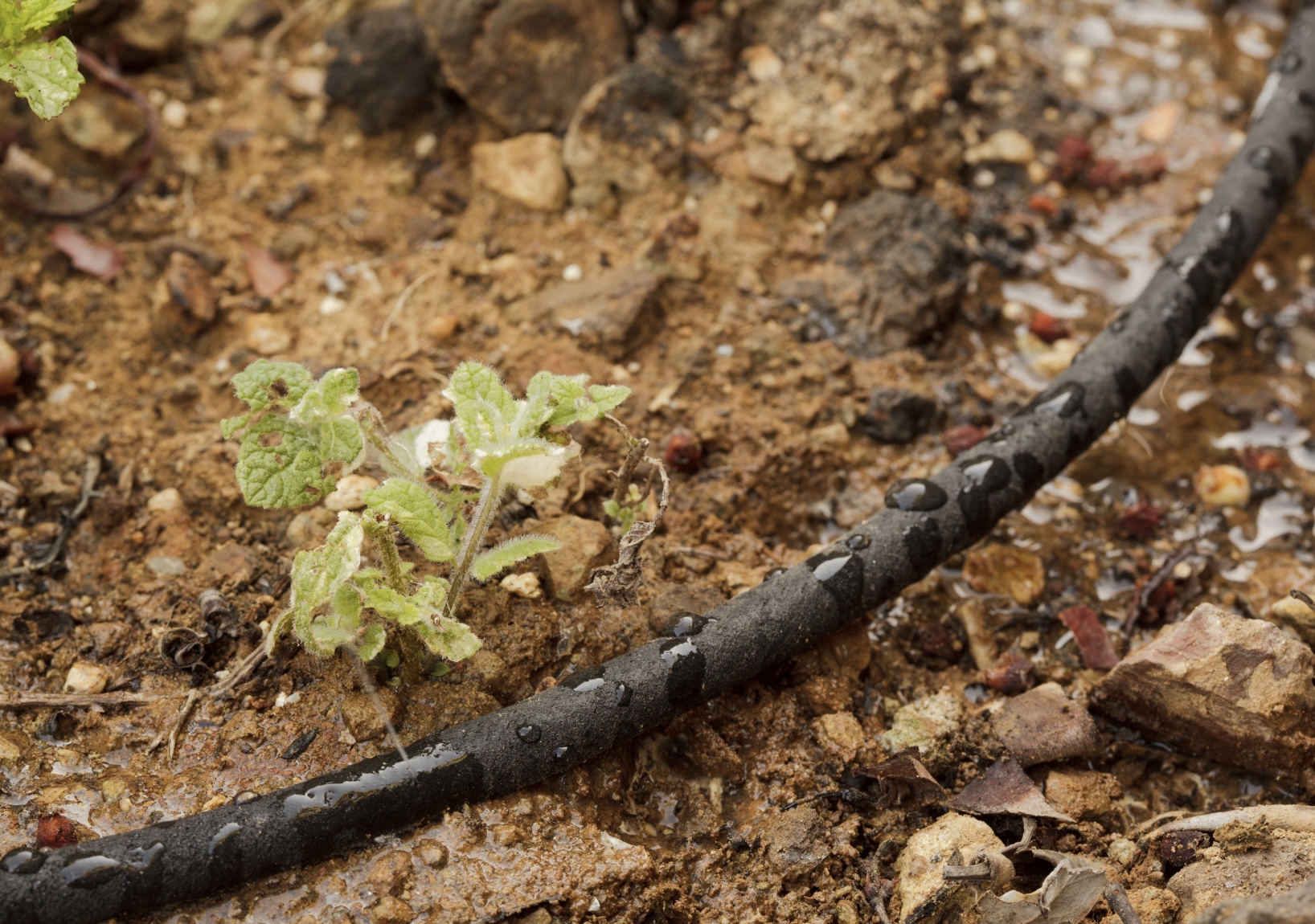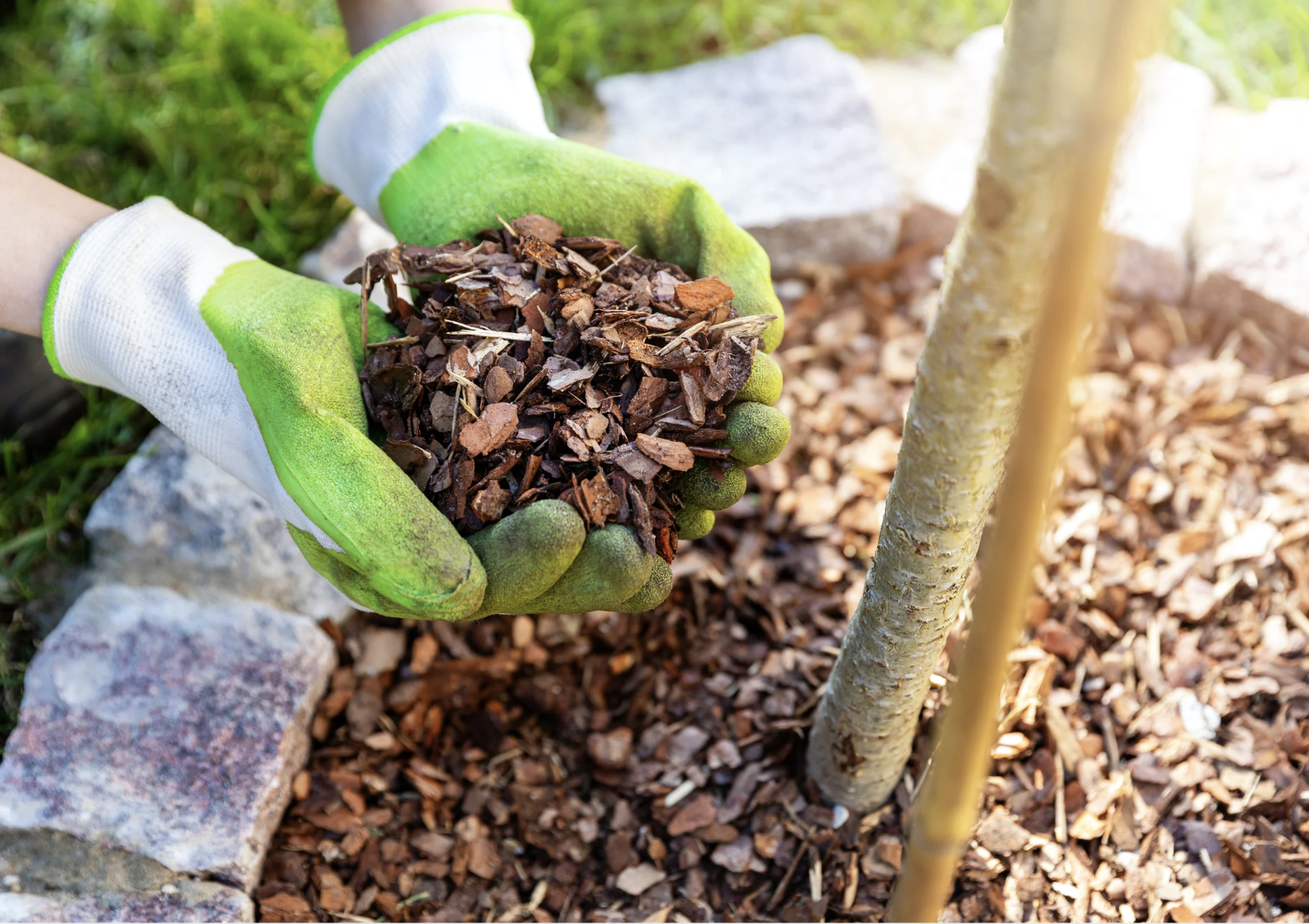Fall is one of the best times to plant trees and shrubs. With more mild temperatures, new plants can focus on developing strong roots before winter sets in. Follow these steps to get your trees and shrubs planted the right way, and give them the best start for the next season.




1. Pick the Perfect Spot
Before you dig, choose a spot with the right amount of sunlight, spacing, and soil drainage for your plant. Most trees and shrubs prefer full to partial sun and well-draining soil. If you’re unsure what will thrive where, our Green Team (link) can help match your plant to the right location.
2. Dig the Right Hole
Your planting hole should be twice as wide as the root ball and just as deep, or even an inch or two shallower. This gives roots room to spread out while keeping the crown of the plant at soil level, preventing rot and poor drainage.
Use a shovel or garden spade to shape the hole with sloped sides. Loosen any compacted soil at the bottom to help roots grow outward.
3. Prep the Soil
Set aside some of the soil you removed and mix it with compost and perlite. This combo improves aeration and drainage, especially in clay-heavy coastal soils common in our area. You can also add a handful of starter plant food, like Bio-Tone Starter Plus from Espoma, to encourage strong root development.
4. Remove and Inspect the Plant
Gently remove your tree or shrub from its container. For container-grown plants, loosen the outer roots with your fingers or a stick if they’re circling the pot, this prevents girdling and helps the plant establish quickly. If it’s balled and burlapped, remove any twine and cut away the burlap before planting.
5. Set It in Place
Place your tree or shrub in the hole so the top of the root ball sits slightly above ground level. Once it’s centered and straight, begin backfilling with your amended soil mix. Lightly tamp the soil as you go to remove air pockets, but don’t compact it too tightly.
6. Water Thoroughly
Once the tree is planted, water deeply until the soil is saturated. This helps settle everything in place and kickstarts root growth. Keep watering once or twice a week until the ground freezes, adjusting for rainfall.
Garden Guru Tip: For an even soak, use a watering wand or soaker hose around new trees to deliver moisture directly to the roots.
7. Mulch to Protect
Finish with a 2–3 inch layer of mulch around the base, keeping it a few inches away from the trunk or main stem. Mulch helps insulate roots, retain moisture, and prevent weeds through the winter. Try McDonald’s Premium Hardwood Mulch or Pine Bark Nuggets for a clean, polished look.
8. Stake if Needed
If your new tree is tall or in a windy area, add a stake for support. Use soft tree ties or fabric (not wire) and remove the stake once the tree can stand on its own.
9. Keep Caring Through Winter
Even after planting, your tree or shrub still needs some attention. Water consistently and especially during dry winter spells, checking that mulch stays in place. In early spring, feed with a balanced slow-release plant food to encourage new growth.
By planting now, you’re giving your trees and shrubs a head start and setting the stage for a healthier, more established landscape next year. Stop by our year-round locations to pick up the right trees, shrubs, soil amendments, and mulch to make your fall planting a success. To stay inspired and grow with us online, follow us on Facebook, Instagram, Pinterest, and TikTok to dig into the joys of gardening.
